Edge Banding Cabinet is a critical process in cabinetry that not only enhances the aesthetic appeal but also provides essential durability and safety. This extensive guide delves into the intricacies of edge banding, focusing on its importance, types of materials, application techniques, and best practices for achieving exceptional results in cabinet making.
What Is Edge Banding?
Edge banding is the process of applying a thin strip of material to the exposed edges of cabinetry, typically made from particleboard, MDF, or plywood. This process serves multiple purposes:
- Visual Enhancement: It creates a seamless look by covering raw edges, making furniture appear more polished and professionally made.
- Durability: Edge Banding Cabinet protects against moisture, wear, and chipping, significantly extending the lifespan of cabinets.
- Safety: By smoothing sharp edges, it reduces the risk of injuries in homes and workplaces, making cabinets safer to use.
- Design Flexibility: Edge Banding Cabinet allows for a variety of colors, textures, and finishes, enabling custom designs that align with the overall aesthetic of a space.
Why Edge Banding Tape Is Crucial for Cabinets
Aesthetic Appeal
The appearance of cabinets significantly impacts the overall design of a room. Edge Banding Cabinet allows for a clean, finished look, enhancing the beauty of the cabinetry. By choosing edge banding that matches or contrasts with the cabinet surface, designers can create striking visual effects. This is especially important in high-end or custom cabinetry where detail matters.
Increased Durability
Cabinets are subjected to daily wear and tear, particularly in environments like kitchens and bathrooms where moisture is prevalent. Edge Banding Cabinet acts as a barrier, protecting the raw edges from water damage, chipping, and other forms of wear. This not only helps maintain the cabinet’s appearance but also ensures longevity, reducing the need for repairs or replacements.

Safety Considerations
Exposed edges can be sharp and pose a risk of injury, especially in homes with children. Edge banding covers these potentially dangerous edges, making cabinets safer to use. This safety feature is particularly important in residential settings, schools, and commercial environments.
Design Versatility
With a wide range of materials and colors available, Edge Banding Cabinet offers unparalleled design flexibility. It enables cabinet makers to match the banding to the cabinet’s surface material or to create a striking contrast, adding depth and character to the design. This versatility allows for creative freedom in cabinetry projects.

Types of Edge Banding Materials
1. PVC Edge Banding
Overview: PVC (Polyvinyl Chloride) Edge Banding Cabinet is one of the most popular options due to its durability and affordability.
Advantages:
- Durability: Highly resistant to moisture, chemicals, and impact, making it ideal for cabinets in high-traffic areas.
- Variety: Available in numerous colors and patterns, including realistic wood grain finishes.
- Cost-Effective: Generally more affordable than natural wood options.
Disadvantages:
- Environmental Concerns: PVC is not biodegradable and poses environmental challenges in production and disposal.
- Aesthetic Limitations: While it can mimic wood, it may lack the authenticity of natural materials.
2. Wood Veneer Edge Banding
Overview: Wood veneer edge banding consists of thin slices of real wood, providing an authentic look.
Advantages:
- Natural Beauty: Offers the warmth and texture of real wood, making it suitable for high-end cabinetry.
- Eco-Friendly: Biodegradable and sustainable, as it uses natural materials.
- Stainable: Can be stained or finished to match the cabinetry, ensuring a cohesive look.
Disadvantages:
- Cost: Typically more expensive than synthetic options.
- Durability: Less resistant to moisture and wear compared to synthetic materials, requiring careful maintenance.
3. ABS Edge Banding
Overview: ABS (Acrylonitrile Butadiene Styrene) is an eco-friendly alternative to PVC.
Advantages:
- Recyclable: Made from recyclable materials, making it a more environmentally responsible choice.
- Durability: Offers good resistance to impact and moisture.
Disadvantages:
- Availability: May not be as widely available as PVC or wood veneer.
- Cost: Can be more expensive than PVC options.
4. Acrylic Edge Banding
Overview: Acrylic edge banding is made from high-grade thermoplastic and is known for its versatility.
Advantages:
- High Resistance: Durable and water-resistant, making it suitable for various environments.
- Aesthetic Flexibility: Can create 3D effects with printed patterns underneath a transparent layer.
- Repairable: Damage can be easily rectified, and it is recyclable.
Disadvantages:
- Cost: Typically more expensive than PVC.
- Weight: Heavier than some other materials, which may impact application techniques.
Techniques for Applying Edge Banding to Cabinets
Preparation Steps
Before applying edge banding, proper preparation is essential for achieving a flawless finish.
- Surface Preparation: Ensure that the edges of the cabinet panels are smooth and flat. Remove any dust, debris, or old adhesive to create a clean bonding surface.
- Cutting the Edge Banding: Cut the Edge Banding Cabinet slightly longer than the edge of the panel to allow for trimming later.
Application Methods
Iron-On Method
The iron-on method is one of the most common techniques for applying Edge Banding Cabinet especially for DIY projects.
- Heating the Iron: Set an iron to a medium heat setting without steam.
- Positioning the Banding: Place the Edge Banding Cabinet adhesive side down onto the edge of the cabinet.
- Melting the Adhesive: Run the iron over the banding, applying even pressure along the length. The heat will melt the adhesive, bonding it to the panel.
- Smoothing the Banding: Use a flat block or roller to press down on the banding, ensuring it adheres evenly while the adhesive cools.
- Trimming Excess: Once the adhesive has cooled, trim the excess banding using a sharp utility knife or edge trimmer.
Hot Melt Adhesive Method
For larger or more complex projects, using a hot melt adhesive can provide stronger bonding and faster application.
- Applying Hot Melt Glue: Use a hot melt glue gun to apply the adhesive along the edge of the panel.
- Positioning the Banding: Immediately place the edge banding onto the wet adhesive.
- Pressing and Smoothing: Press down firmly and evenly along the banding to ensure a solid bond.
- Trimming and Finishing: After the adhesive cools, trim any excess banding for a clean finish.
Professional Tools
For commercial applications or larger projects, investing in an edge banding machine can significantly enhance efficiency and precision.
- Edge Banding Machines: These machines automate the application process, using heat and pressure to bond the banding securely. They can handle various materials and thicknesses, making them ideal for high-volume production.
Best Practices for Edge Banding Cabinet
- Choose the Right Material: Consider the cabinet’s intended use and location when selecting Edge Banding Cabinet materials. For example, use PVC or acrylic in high-moisture areas like kitchens and bathrooms.
- Match Colors and Textures: Pay attention to the color and texture of the edge banding to ensure it complements the cabinet surface. This attention to detail can make a significant difference in the final appearance.
- Maintain Consistency: When working on multiple cabinets, maintain consistency in edge banding application to ensure a uniform look across all pieces.
- Quality Control: After application, inspect the edges for any imperfections, such as gaps or bubbles, and address them promptly for a flawless finish.
- Sanding and Finishing: After trimming, use fine-grit sandpaper to smooth any rough edges. If necessary, apply a finish or sealant to enhance durability.
Conclusion
Edge Banding Cabinet is an essential process that enhances the aesthetic appeal, durability, and safety of cabinets. By understanding the various materials and application techniques, cabinet makers can achieve exceptional results that meet both functional and design requirements. Whether opting for PVC, wood veneer, or acrylic, each material offers unique advantages that can be leveraged to create beautiful, long-lasting cabinetry.
For those seeking professional Edge Banding Cabinet services, Midlands CNC provides expertise in applying a variety of edge banding materials tailored to your specific needs. With over 70 years of experience, we ensure high-quality results that transform raw edges into polished finishes. Contact us today to elevate your cabinetry projects!

Contact
Luyao







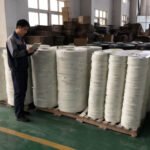
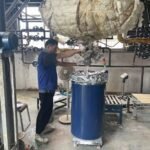


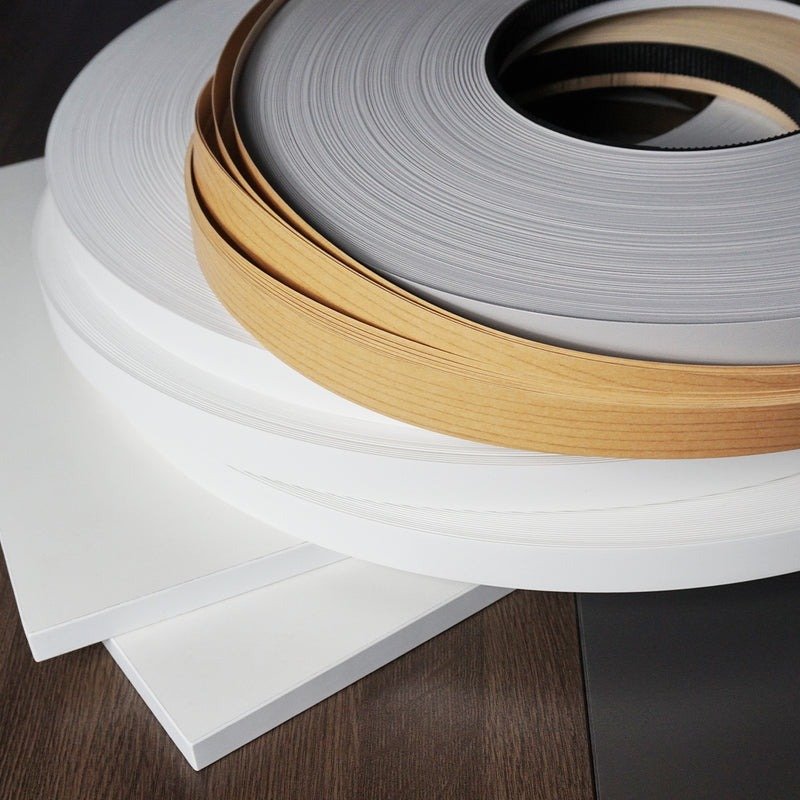
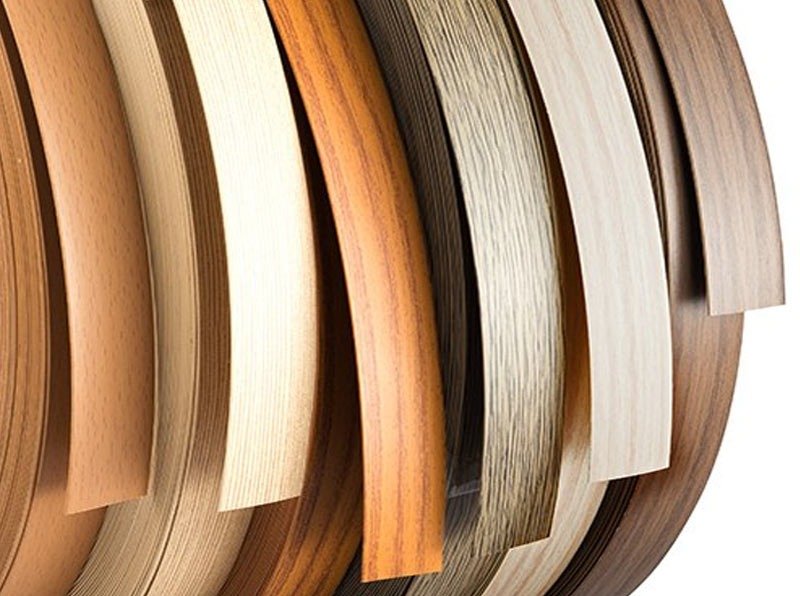





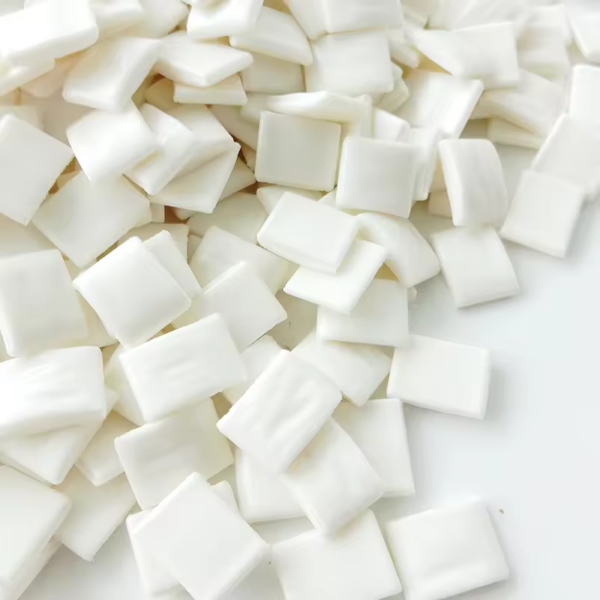




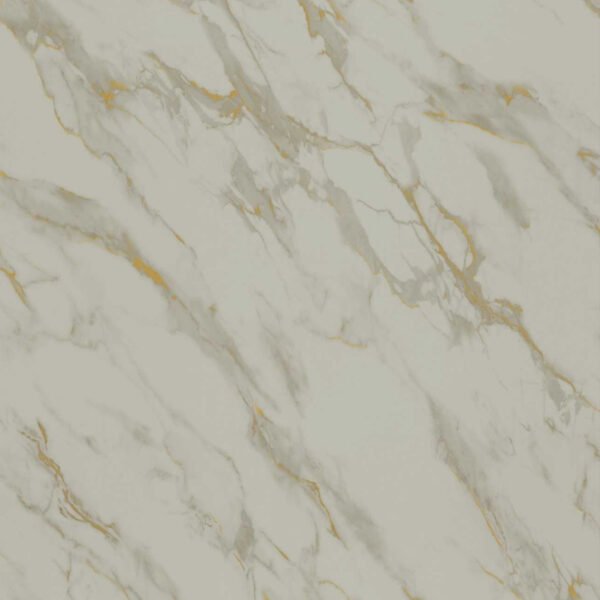
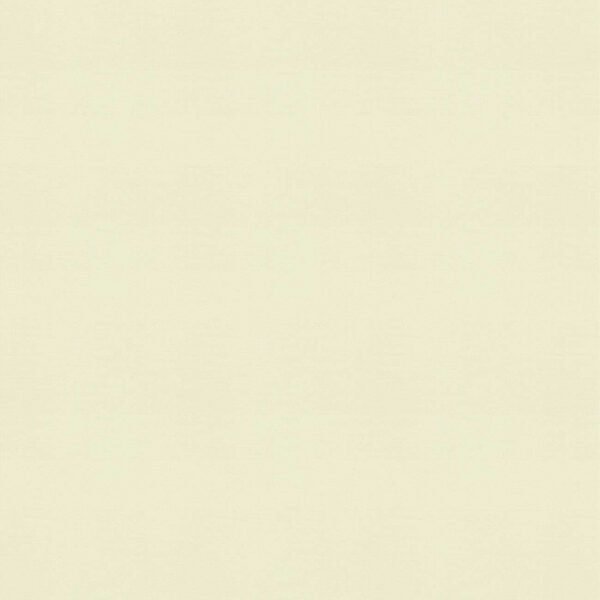
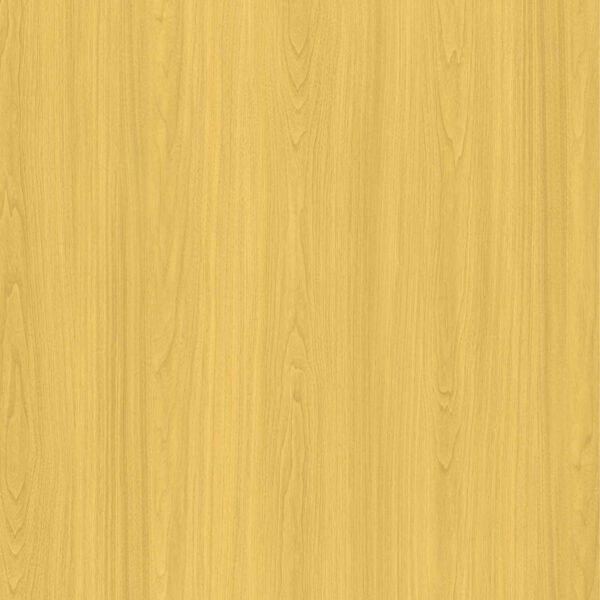


Leave a Reply